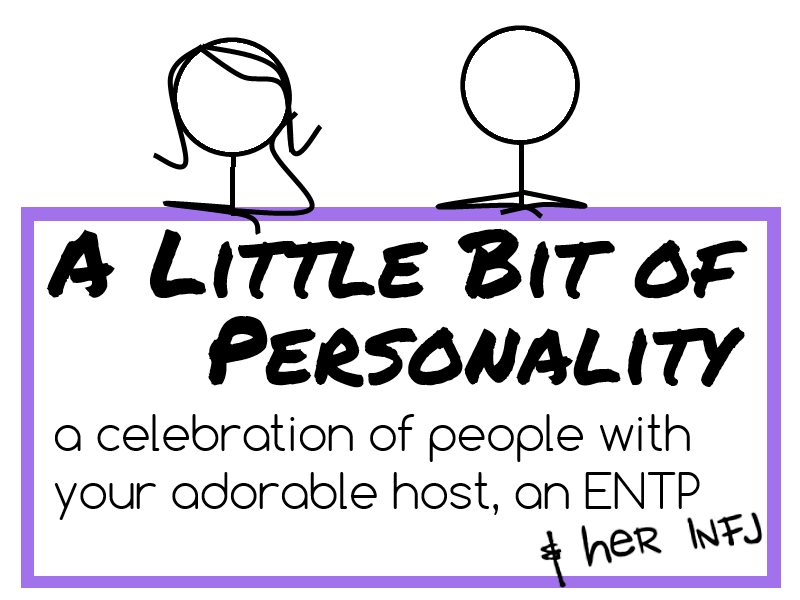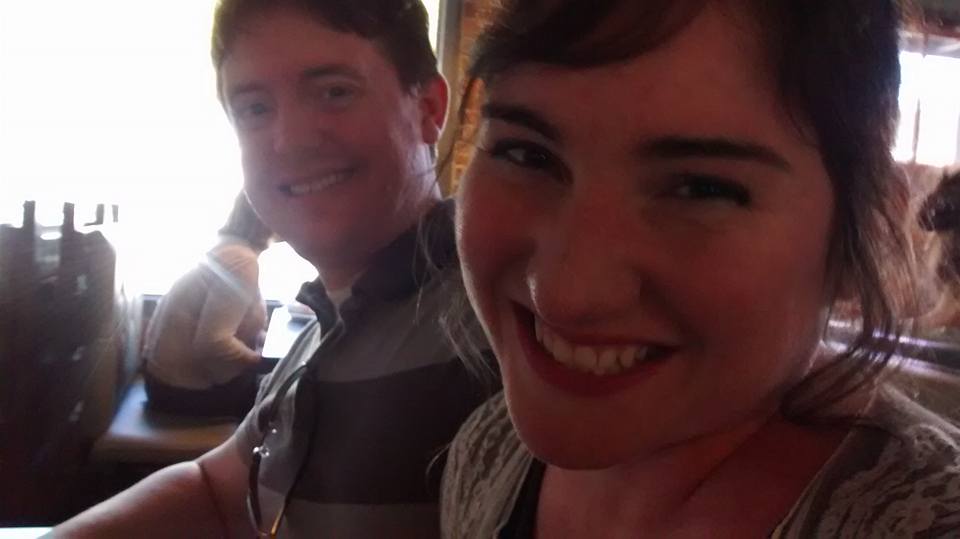Now, we can combine all your letters to find your full cognitive specialty: ESTP! By combining the four Scopes—EP, EJ, IP, and IJ—with the four Objectives—ST, SF, NT, and NF—we derive the sixteen different facets of cognition, each with its own unique strengths and specializations, which all the other types depend on. And each comes with its own particular weaknesses as well, needing the support of other types who are strong in those areas. Only with all sixteen types combined can we enjoy and benefit from the entire spectrum of zoomed in and zoomed out perspectives, collective and individual focuses, usefulness and meaning, things as they are and things as they can yet become. A deeper understanding of each type leads to better use and appreciation for all types of cognition.
As an ESTP, your entire cognition revolves around your unique combination of these cognitive variables: the EP Scope focusing on people and their motives, and the ST Objective seeking the use of things as they already are. This unique combination prompts every thought, motivates every action, counsels every judgment and inspires every worldview. It sums up the end goal of everything you pursue, the result of the things that matter the most to you in your most private heart.
Every time you’re faced with any decision, any thought or feeling, any experience or person or anything, your mind naturally races through four cognitive steps. The order of these cognitive steps depends on your unique Scope and Objective, as you subconsciously focus first on the things that matter the most to you. You’re probably so used to thinking in your own order, all the time, that it may seem like the only natural way to think. This makes it all the more amazing that people of differing cognition approach the same world so differently, each offering something unique and powerful to share.
As an ESTP, your first cognition step is Observation of the world and especially of people, their motives and workings and desires, because that’s what matters most to you! You look outward and watch what people are doing and saying (Se, or extraverted Sensing) in order to discern their motives and character.
Secondly, you turn inward to draw conclusions about the usefulness of everything you’ve observed (Ti, or introverted Thinking).
Thirdly, you take all this useful Data and draw from it overarching Principles of how the world works, by looking outward and seeing the meaning, significance, and intrinsic preciousness of things in a way that’s universally applicable (Fe, or extraverted Feeling).
Fourthly and finally, you make conceptual connections from these universal Principles (Ni, or introverted iNtuition) in order to form opinions and decide on a course of Action.
And then the cycle starts over: Your Actions cause results that you then Observe via Se (extraverted Sensing), your fourth step feeding back into your first, over and over. You may go through this entire cycle of cognition many times in a single second without even noticing.
Action is your fourth and final cognition step because it’s what you focus on the least. This makes it the weakest of your cognitive steps. As you observe the world and people, you tend to see so many options that it’s hard to decide on just one! And when you do decide, you may find out that it would have been better to have chosen something else. This is nothing to be embarrassed about. Every type has a weakness, just as every type has a strength that may appear almost superhuman to other types.
Healthy EPs are naturally able to see right to the core of people with speed and surety that might seem reckless to others. Healthy EJs, on the flip side, can accomplish long lists of tasks with precision while other types would be struggling to even get started. IPs delve deep into probing questions that others might never even think to ask, while IJs provide complex and comprehensive answers to even the most baffling of those questions. All the types need each other; this is why we call them the Type Heroes! Each approaches the same world from such a different angle, and each supports, guides, and teaches every other. By seeking out and learning from other types, especially types that think very differently from you, you can grow stronger in all your cognition steps.
And usually the best way to grow more reliable and strong in all your cognitive steps is to focus on your first step. This is the step that your mind naturally prioritizes first anyway; it’s what you care about the most, even when you might feel like you shouldn’t. As you focus on paying attention to your first step, you’ll find that all your other cognitive steps grow sharper and stronger as a result, almost automatically. When it comes to cognition, play to your strengths and your weaknesses will grow to keep up.
It’s when people focus too much on trying to improve their fourth step directly that they tend to become defensive, depressed, and discouraged about it, often neglecting their strengths and falling into denial that they even have a weakness. Some such people try to cover their weakness by inadvertently posing as a different cognitive type, in order to act like others who don’t share their weak area. Yet this usually results in only a parody of the type they’re trying to become, attempting to gain the strengths of another type without first mastering their own. You can develop all the strengths of all the types, but you cannot do it by trying to fight or suppress what you naturally want most. Let your first cognitive step be your focus, let yourself be you, and then you’ll be free to grow to become everything you want to become.
Focus on your strength of Observing people and their motives; as you do, your weakness in choosing correct Action will grow stronger of its own accord. And remember, if actions go wrong, they can often be fixed! Beware of getting down on yourself about Action; enjoy seeing and understanding people and the world, and then you’ll learn how to better be and do everything you want to.

























Recent Comments